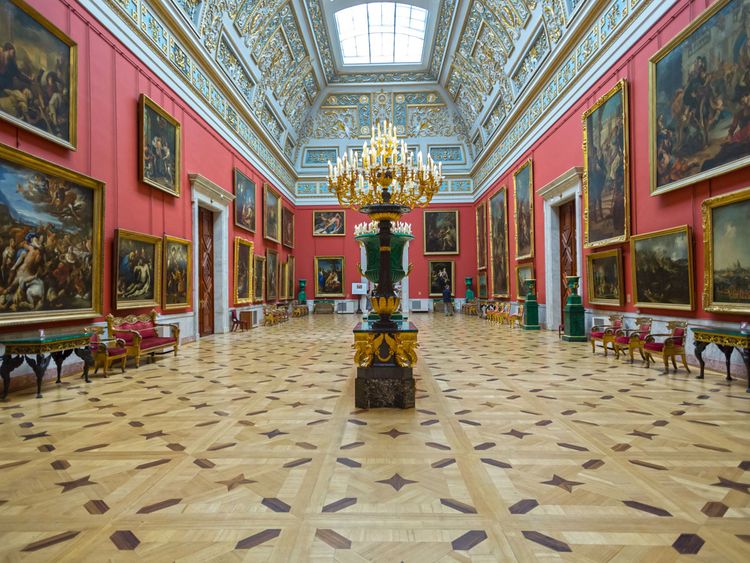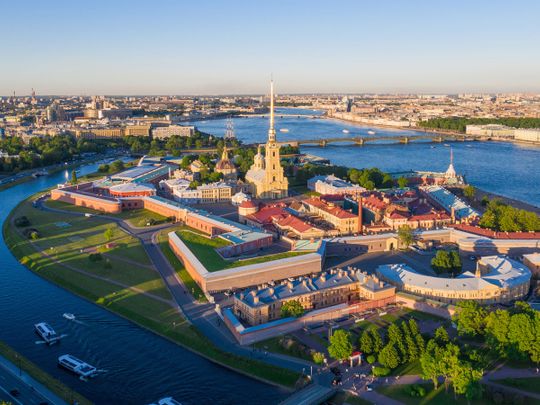
“To walk the streets of St. Petersburg on a clear evening during the white nights is one of the world’s more sublime urban experiences,” writes Jonathan Miles in his sweeping account of the Russian metropolis in Madness, Murder, and Art on the Banks of the Neva.
As my Emirates flight begins its slow descent into Pulkovo Airport at about 8pm local time, I try and catch a first glimpse of the fabled city of tsars. True to what Miles says, the sun has not set in this former imperial capital and the sky was still as bright as that of a late summer afternoon in Dubai.
In St. Petersburg, they call them the “White Nights”. Running from May to the end of July, the city emerges from months of severe cold to celebrate a return of round-the-clock daylight with temperatures set in the mid-teens. Probably also the best time to visit the city if you want to go.
The city’s tumultuous, bloody past and impressive cultural heritage mirror that of Russia as a whole, writes Miles. It was St. Petersburg for the Tsars, Petrograd for a nation at war, and Leningrad for the Bolsheviks. It finally regained its original name in 1991.
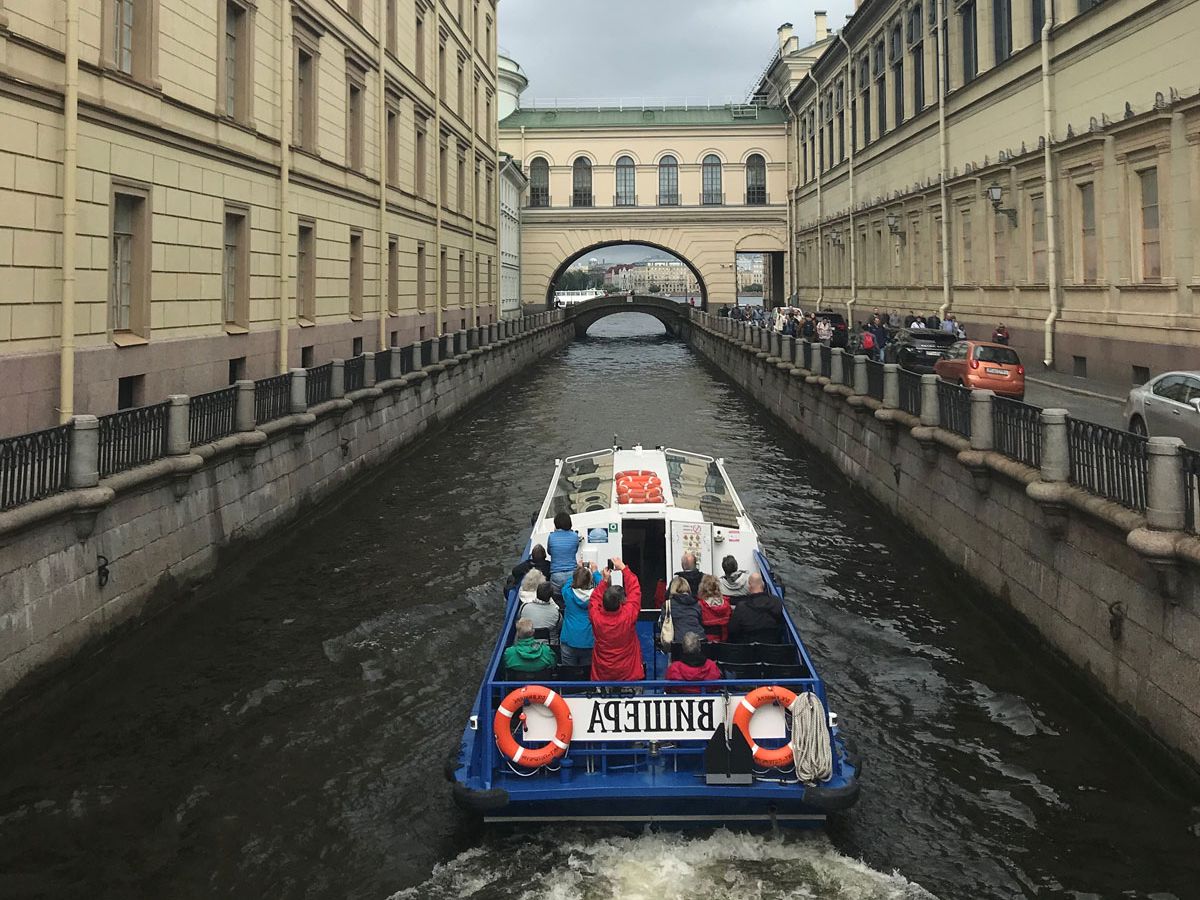
Founded by Peter the Great at the end of the 17th century and named after his patron saint, St. Peter, it is one of Europe’s great cultural cities. The tourist trail in St. Petersburg is all about the astonishing legacy of tsars – the grand palaces of Peter and Catherine the Greats, the neo-classical architecture, Renaissance masterpieces, the Fabergé eggs, the gold and the jewels.
The city’s compact size means its landscaped parks and beautiful canals – reminiscent of Venice or Amsterdam - make strolling a pleasure.
St. Petersburg’s attractions are many. Here are a few places that you cannot afford to miss in the city whose beauty and historical significance rival that of the great European cities:

1. The Peter and Paul Fortress
As the first major structure commissioned by Peter the Great when he established the city in 1703, the Peter and Paul Fortress initially served as the original citadel of Romanov dynasty. Built on a small island at the mouth of the Neva River, it was from here St. Petersburg grew into the city it is today. Famous for its imposing walls and the 400-foot, golden spire of St. Peter and Paul Cathedral, it later served as a burial place of the Russian emperors. In the early 1920s, after the Russian Revolution led to the overthrow the Romanovs, it was used as a prison and execution ground by the Bolshevik government.
2. Hermitage Museum
The former winter palace of the tsars, the Hermitage State Museum is synonymous with St. Petersburg. As one of world’s largest and oldest museums, second only to the Louvre, it will not fail to impress any visitor to the city. Historians credit the Hermitage Museum’s famed art collection to one woman: Catherine the Great, grand daughter-in-law of Peter the Great, and the first queen of the Russian Empire. In her quest to modernise Russia, she went on an acquisition spree to buy thousands of impressive pieces of art. Today, the Hermitage is home to more than 3 million pieces of art, including Catherine's personal collection of 4,000 paintings. The sheer scale of the museum can make it impossible to tackle in a day, so make sure you plan your trip. Also advisable is to buy tickets in advance to avoid the serpentine queues at the entrance.
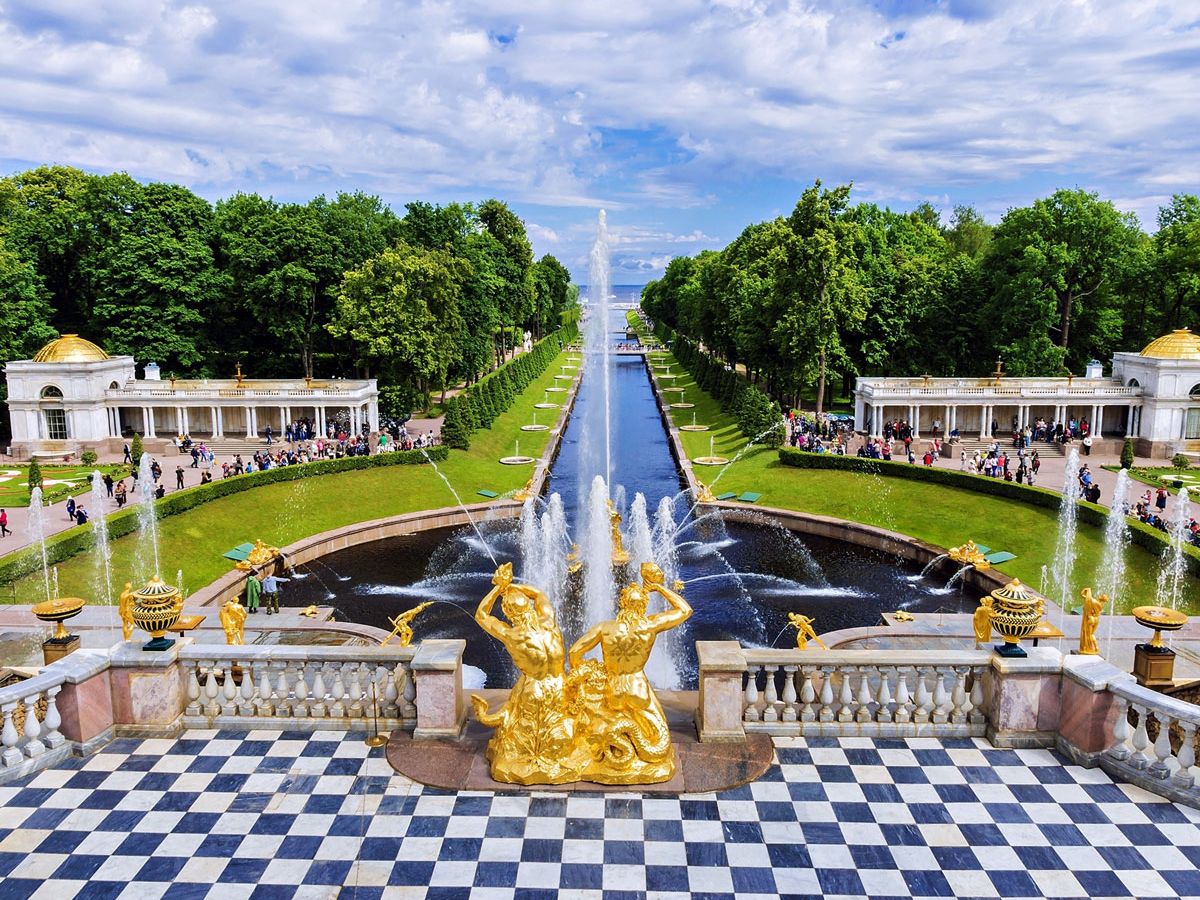
3. Peterhof
The summer residence of the Russian imperial family is located some 30 kilometres from the city centre. Known as the Russian Versailles, this complex of palaces was commissioned by Peter the Great and expanded by his successors, most notably Catherine. Peterhof is famous for its endless gardens and remarkable array of golden fountains, including the grand ensemble of Samson wrestling the lion. Our tour guide tells us that the sculpture is an allegory of the decisive victory of Peter the Great over Sweden in the Great Northern War at Poltava.
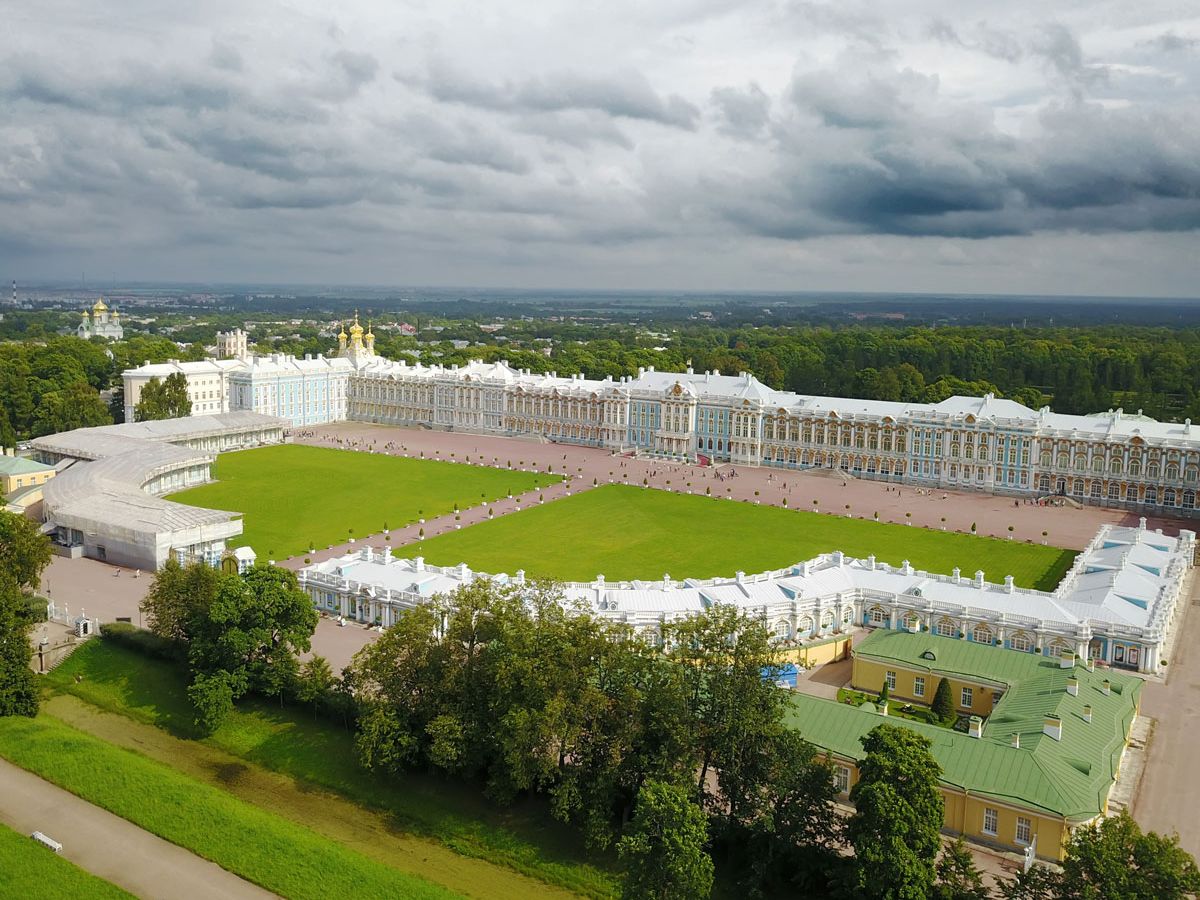
4. Catherine Palace
As one the gems of Russian baroque architecture, Catherine Palace's ornate design is breathtaking, and at 740m in length, it is massive. The Great Hall is the centrepiece of the palace and occupies the entire width of the second floor of the palace, with numerous gilded carvings that cover the walls. The amber room is probably the most famous room in the palace, with inlaid amber panels.
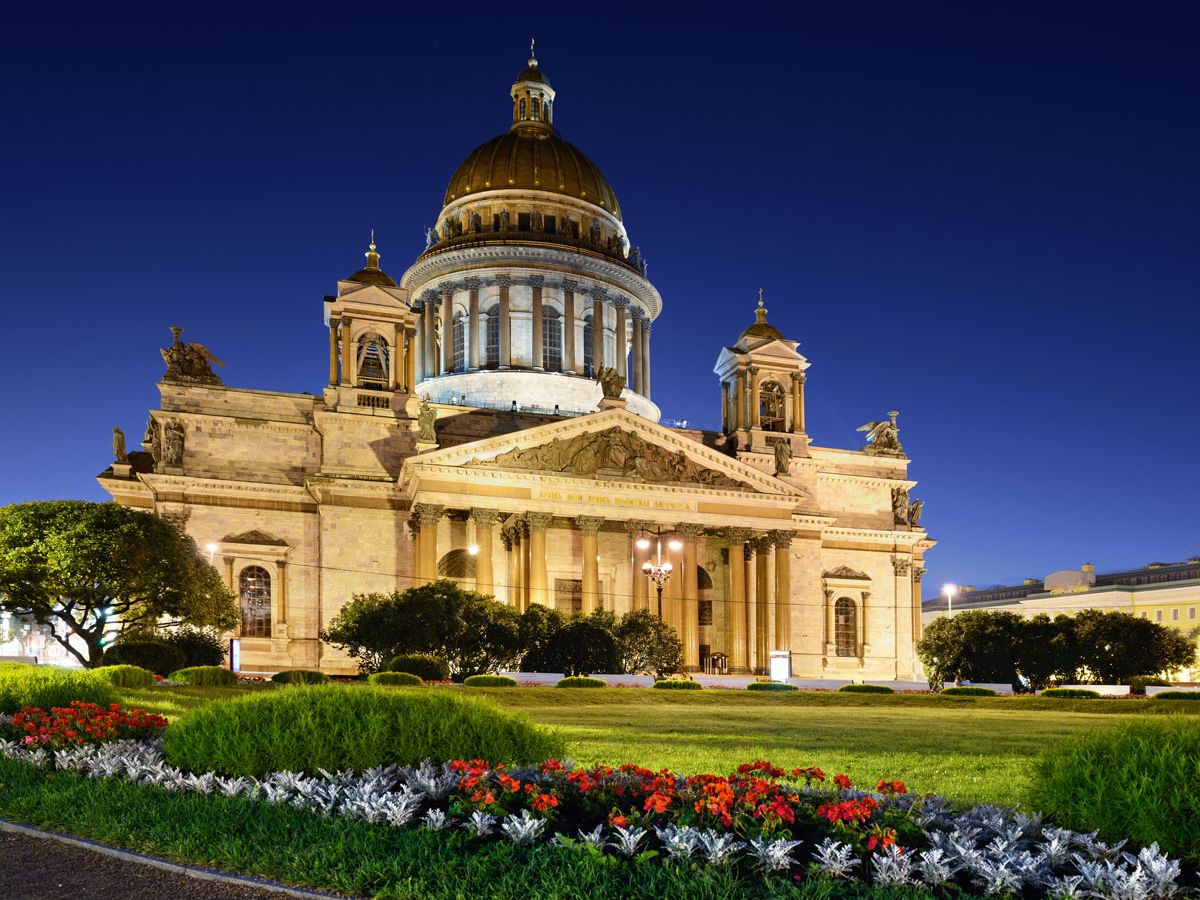
5. St. Isaac’s Cathedral
For panoramic views of the city, St. Isaac's Cathedral is the best place. The golden dome of the cathedral dominates the St. Petersburg skyline. You'll undoubtedly be impressed by the sheer size and cavernous interior of the church.

6. Faberge Museum
Russia’s legendary jeweller Carl Faberge is best known for his 50 imperial Easter eggs that the tsars gave as gifts to close relatives. Today, the Shuvalov Palace on the Fontanka River, which now houses the Faberge Museum has nine of them. About 689,000 people visited the museum last year, according to official statistics, an almost eightfold increase from 2014, making it one of the most popular cultural destinations in St. Petersburg. Easter eggs aside, the Faberge Museum includes more than 1,000 pieces, making it the world’s biggest collection of works by the royal jeweller.
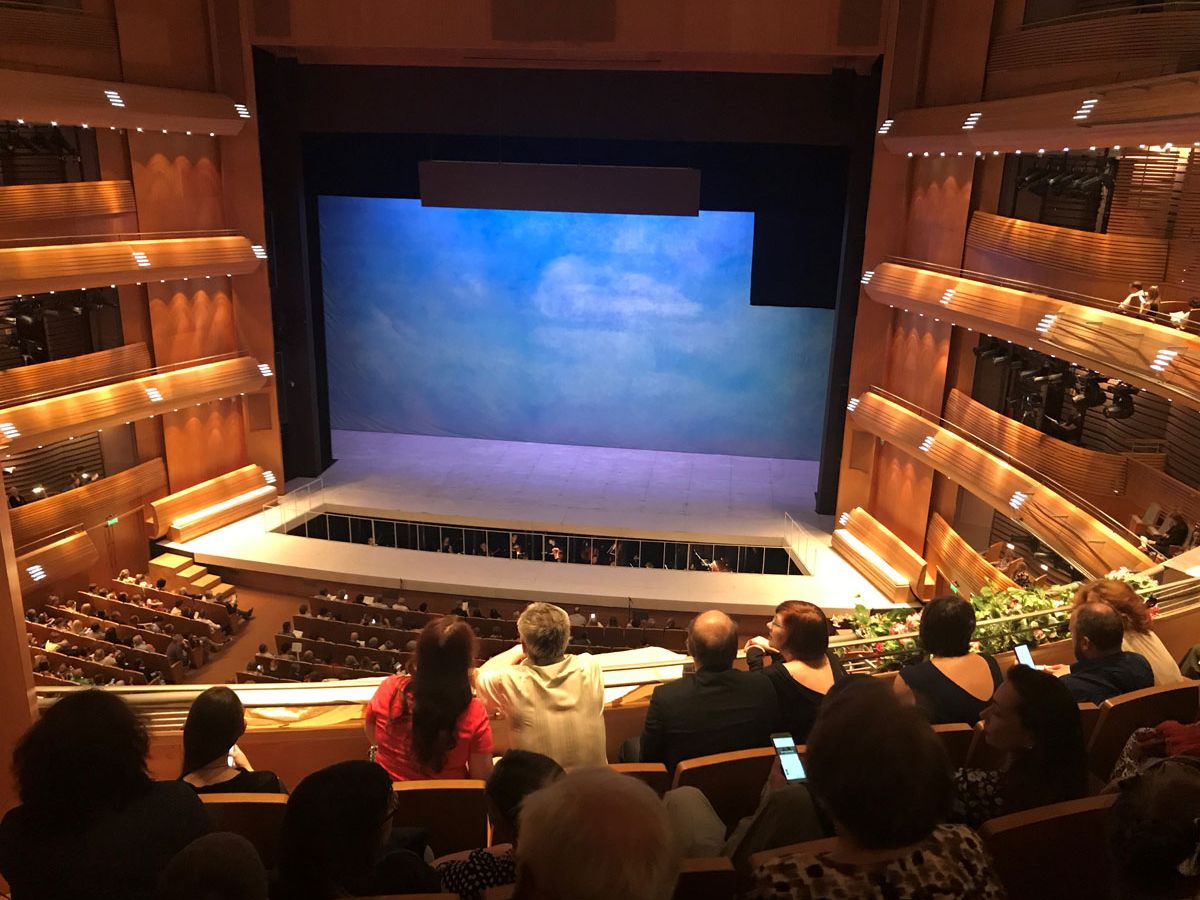
7. Mariinsky Theatre
Originally opened in 1860, it was the home of the finest opera and ballet of late 19th-century Russia. The monumental neoclassical building was one of St. Petersburg famous landmarks. Today, it is housed in the state-of-the-art Mariinsky Concert Hall, located adjacent to the historic original structure and opened in 2007.




